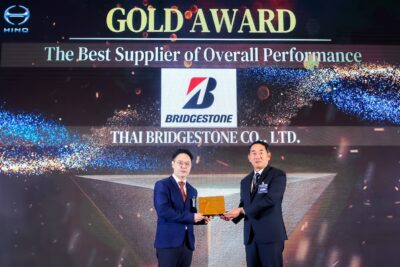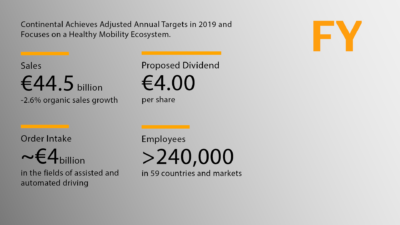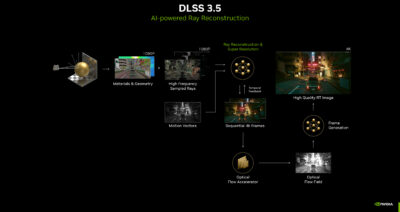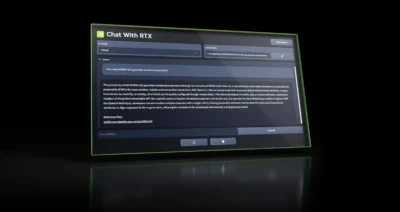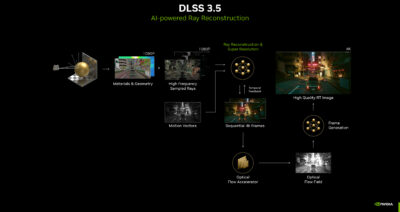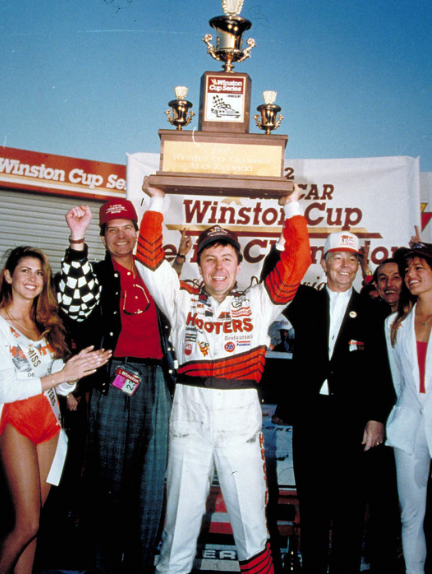
On the 25th anniversary of his untimely death, former employees and friends of the 1992 NASCAR Cup Series champion share memories in hopes to educate a new generation of fans about what made the ‘Underdog’ so special.
The 1993 NASCAR Cup Series season was one of the saddest in the history of the sport. The story has been told for over two decades of the tragic losses of Alan Kulwicki in April in Tennessee and Davey Allison in July in separate aircraft incidents.
Kulwicki was just coming off one of the most improbable championships ever won in any type of sports just five months earlier. He was known as a driven person who did things ‘his way’ and expected 100-percent effort all of the time by those around him.
While he might have been misunderstood by some, those close to him said Kulwicki so laser-focused on his goals that he didn’t look at things like others did when he was starting out his Cup career.
“He had a way of making everyone around him better and work harder,” said Wayne Estes, President and General Manager of Sebring International Raceway who was working in Ford Public Relations in 1993. “All of his guys on the crew worked hard and got better at their job and I did, too, as a PR person by being around Alan.”
Kulwicki drove the car and often would be figuring up mileage, calculating what changes to make on the car during the race and listening to his car to make sure things were the way he wanted. Estes added it was a gift he had that he hasn’t seen anyone accomplish since.
“He ran that team from the driver’s seat,” said Estes. “What he accomplished was just so totally improbable in winning the title. A team that size with the resources they had a top-10 team but Alan was determined to be better.”
One of those resources he hired was crew chief Paul Andrews who came recommended by Kulwicki’s friend and NASCAR Hall of Famer Rusty Wallace.
Andrews remembers working for Kulwicki well and how he ‘grew’ into the position.
“I feel Alan hired people based on the potential he felt they had to fill the needs he had for his team,” said Andrews. “I wasn’t qualified to be a crew chief when I started (working for Kulwicki) but he saw that I had potential and he gave me an opportunity.
“Alan was one of a kind. He could hear things in the car while driving and made us build parts to keep from making certain noises in the car so he could concentrate on hearing what the car was doing in the race.”
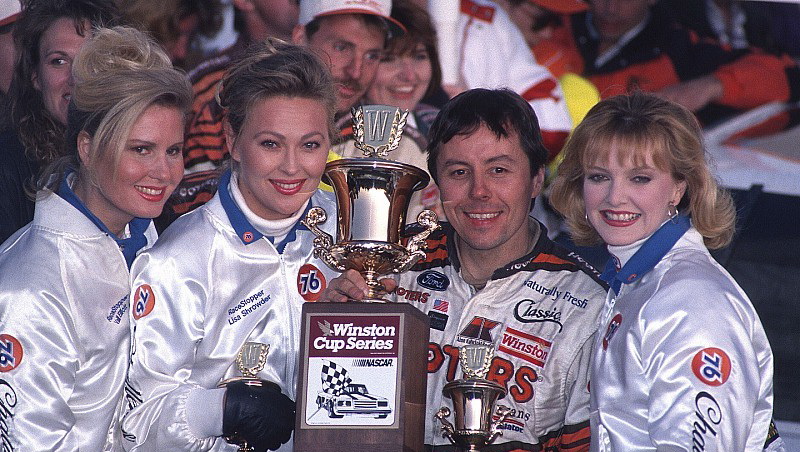
A beautiful mind
Most drivers today will tell you they have to race hard every lap and remain focused on the track with the information given to them by crew chiefs and spotters. Kulwicki had the ability to focus on driving and other aspects of the team while in the car.
“We would be in races where Alan was figuring up fuel mileage in the car and thinking about what to do with the car on the next pit stop,” said Andrews. “He was even figuring how many laps he needed to lead in the final race in 1992 while racing for a championship. He just had that ability to do all of that in the seat of a race car.”
Kulwicki quickly earned a reputation of doing things his way and building his team from the ground up. When he won the rookie of the year title in 1986, he had one small sponsor and two full-time employees besides himself.
“We saw the writing on the wall when we worked for Alan,” said Andrews. “You could just see how talented a driver and engineer he was working with him at the shop.”
Estes echoed those comments on how a lot of Kulwicki’s former crew members went on to achieve success in NASCAR years after working with him.
“Alan was great at taking raw talent and helping them become better at everything they did and I can only imagine what they learned working with him, but you can see by their careers after Alan passed away,” said Estes. “Paul (Andrew) and Tony Gibson went on to achieve a lot of success in the sport.”
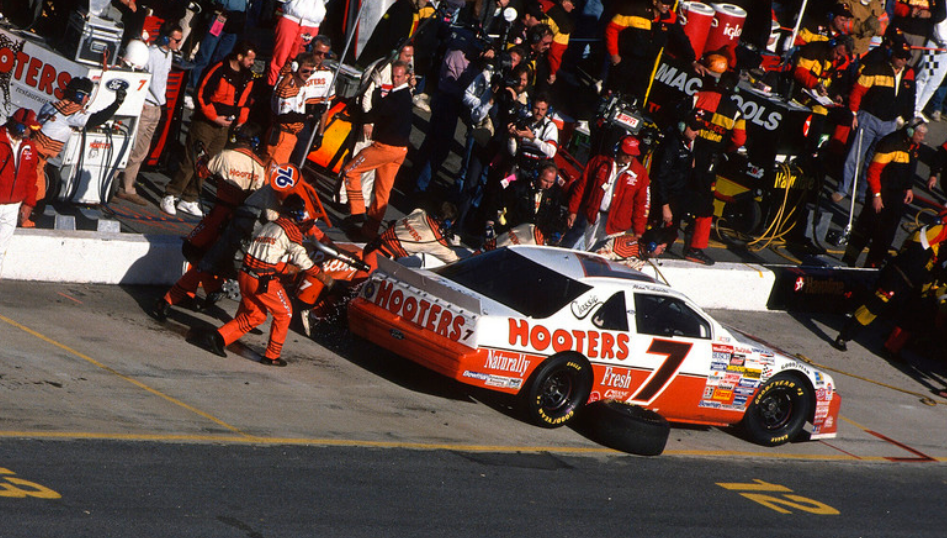
Dedicated to his team
Another well-documented part of the history of Kulwicki was the desire by several team owners – most notably NASCAR Hall of Famer Junior Johnson – to have him drive for them.
“I know Junior, Bud Moore and the Wood Brothers all wanted Alan to drive for them at some point,” said Estes. “Alan was close to going to Junior but he thought he had the Maxwell House deal but Junior already had it and when Alan turned him down that’s when Junior brought Sterling Marlin on to drive.”
Kulwicki was demanding and hard to work for, but he also was dedicated to the team that helped him compete.
“After that situation with Junior (Johnson) I asked Alan why he turned it down one day when I was at his shop,” said Estes. “He said, ‘Look around here, I have a full staff and a good shop. I drove down here (to North Carolina) with a pickup truck and an open trailer. I built all of this and I can’t just leave it.’ ”
Working for Kulwicki wasn’t for everyone, including NASCAR Hall of Famer Ray Evernham, who worked for Kulwicki briefly before going to work for Hendrick Motorsports and helping guide Jeff Gordon to three of his four Cup championships in the 1990s.
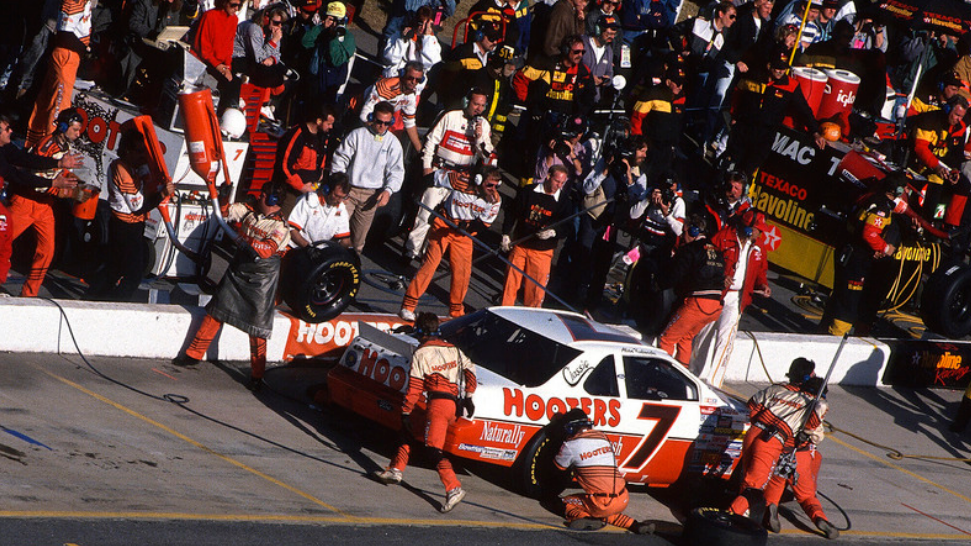
He had his own ways
Kulwicki’s career was cut short due to his premature death in a plane crash, but what he accomplished in his brief time in the Cup Series can’t be overlooked. He had five wins in 207 starts with 75 top-10s and 24 poles, often racing on a budget one-half or less of his competitors.
One of his biggest accomplishments was also winning rookie of the year in the Cup Series in 1986 on a budget about 30 percent of what his main competitors had to compete with for the honor.
“Alan had his own way of doing things but he would listen to me at times,” said Tom Roberts who served as his PR rep. “We would usually talk on Tuesdays after a race and I would work on his PR and we would go over things each week.
“I was amazed at how he was so focused on working on the car but he would also be in tune with what we were doing PR wise, too.”
Roberts, who retired from full-time PR duties a couple of years ago, said Kulwicki was a strong-willed and determined person in everything he did.

On the 25th anniversary of his untimely death, former employees and friends of the 1992 NASCAR Cup Series champion share memories in hopes to educate a new generation of fans about what made the ‘Underdog’ so special.
The 1993 NASCAR Cup Series season was one of the saddest in the history of the sport. The story has been told for over two decades of the tragic losses of Alan Kulwicki in April in Tennessee and Davey Allison in July in separate aircraft incidents.
Kulwicki was just coming off one of the most improbable championships ever won in any type of sports just five months earlier. He was known as a driven person who did things ‘his way’ and expected 100-percent effort all of the time by those around him.
While he might have been misunderstood by some, those close to him said Kulwicki so laser-focused on his goals that he didn’t look at things like others did when he was starting out his Cup career.
“He had a way of making everyone around him better and work harder,” said Wayne Estes, President and General Manager of Sebring International Raceway who was working in Ford Public Relations in 1993. “All of his guys on the crew worked hard and got better at their job and I did, too, as a PR person by being around Alan.”
Kulwicki drove the car and often would be figuring up mileage, calculating what changes to make on the car during the race and listening to his car to make sure things were the way he wanted. Estes added it was a gift he had that he hasn’t seen anyone accomplish since.
“He ran that team from the driver’s seat,” said Estes. “What he accomplished was just so totally improbable in winning the title. A team that size with the resources they had a top-10 team but Alan was determined to be better.”
One of those resources he hired was crew chief Paul Andrews who came recommended by Kulwicki’s friend and NASCAR Hall of Famer Rusty Wallace.
Andrews remembers working for Kulwicki well and how he ‘grew’ into the position.
“I feel Alan hired people based on the potential he felt they had to fill the needs he had for his team,” said Andrews. “I wasn’t qualified to be a crew chief when I started (working for Kulwicki) but he saw that I had potential and he gave me an opportunity.
“Alan was one of a kind. He could hear things in the car while driving and made us build parts to keep from making certain noises in the car so he could concentrate on hearing what the car was doing in the race.”

A beautiful mind
Most drivers today will tell you they have to race hard every lap and remain focused on the track with the information given to them by crew chiefs and spotters. Kulwicki had the ability to focus on driving and other aspects of the team while in the car.
“We would be in races where Alan was figuring up fuel mileage in the car and thinking about what to do with the car on the next pit stop,” said Andrews. “He was even figuring how many laps he needed to lead in the final race in 1992 while racing for a championship. He just had that ability to do all of that in the seat of a race car.”
Kulwicki quickly earned a reputation of doing things his way and building his team from the ground up. When he won the rookie of the year title in 1986, he had one small sponsor and two full-time employees besides himself.
“We saw the writing on the wall when we worked for Alan,” said Andrews. “You could just see how talented a driver and engineer he was working with him at the shop.”
Estes echoed those comments on how a lot of Kulwicki’s former crew members went on to achieve success in NASCAR years after working with him.
“Alan was great at taking raw talent and helping them become better at everything they did and I can only imagine what they learned working with him, but you can see by their careers after Alan passed away,” said Estes. “Paul (Andrew) and Tony Gibson went on to achieve a lot of success in the sport.”

Dedicated to his team
Another well-documented part of the history of Kulwicki was the desire by several team owners – most notably NASCAR Hall of Famer Junior Johnson – to have him drive for them.
“I know Junior, Bud Moore and the Wood Brothers all wanted Alan to drive for them at some point,” said Estes. “Alan was close to going to Junior but he thought he had the Maxwell House deal but Junior already had it and when Alan turned him down that’s when Junior brought Sterling Marlin on to drive.”
Kulwicki was demanding and hard to work for, but he also was dedicated to the team that helped him compete.
“After that situation with Junior (Johnson) I asked Alan why he turned it down one day when I was at his shop,” said Estes. “He said, ‘Look around here, I have a full staff and a good shop. I drove down here (to North Carolina) with a pickup truck and an open trailer. I built all of this and I can’t just leave it.’ ”
Working for Kulwicki wasn’t for everyone, including NASCAR Hall of Famer Ray Evernham, who worked for Kulwicki briefly before going to work for Hendrick Motorsports and helping guide Jeff Gordon to three of his four Cup championships in the 1990s.

He had his own ways
Kulwicki’s career was cut short due to his premature death in a plane crash, but what he accomplished in his brief time in the Cup Series can’t be overlooked. He had five wins in 207 starts with 75 top-10s and 24 poles, often racing on a budget one-half or less of his competitors.
One of his biggest accomplishments was also winning rookie of the year in the Cup Series in 1986 on a budget about 30 percent of what his main competitors had to compete with for the honor.
“Alan had his own way of doing things but he would listen to me at times,” said Tom Roberts who served as his PR rep. “We would usually talk on Tuesdays after a race and I would work on his PR and we would go over things each week.
“I was amazed at how he was so focused on working on the car but he would also be in tune with what we were doing PR wise, too.”
Roberts, who retired from full-time PR duties a couple of years ago, said Kulwicki was a strong-willed and determined person in everything he did.


